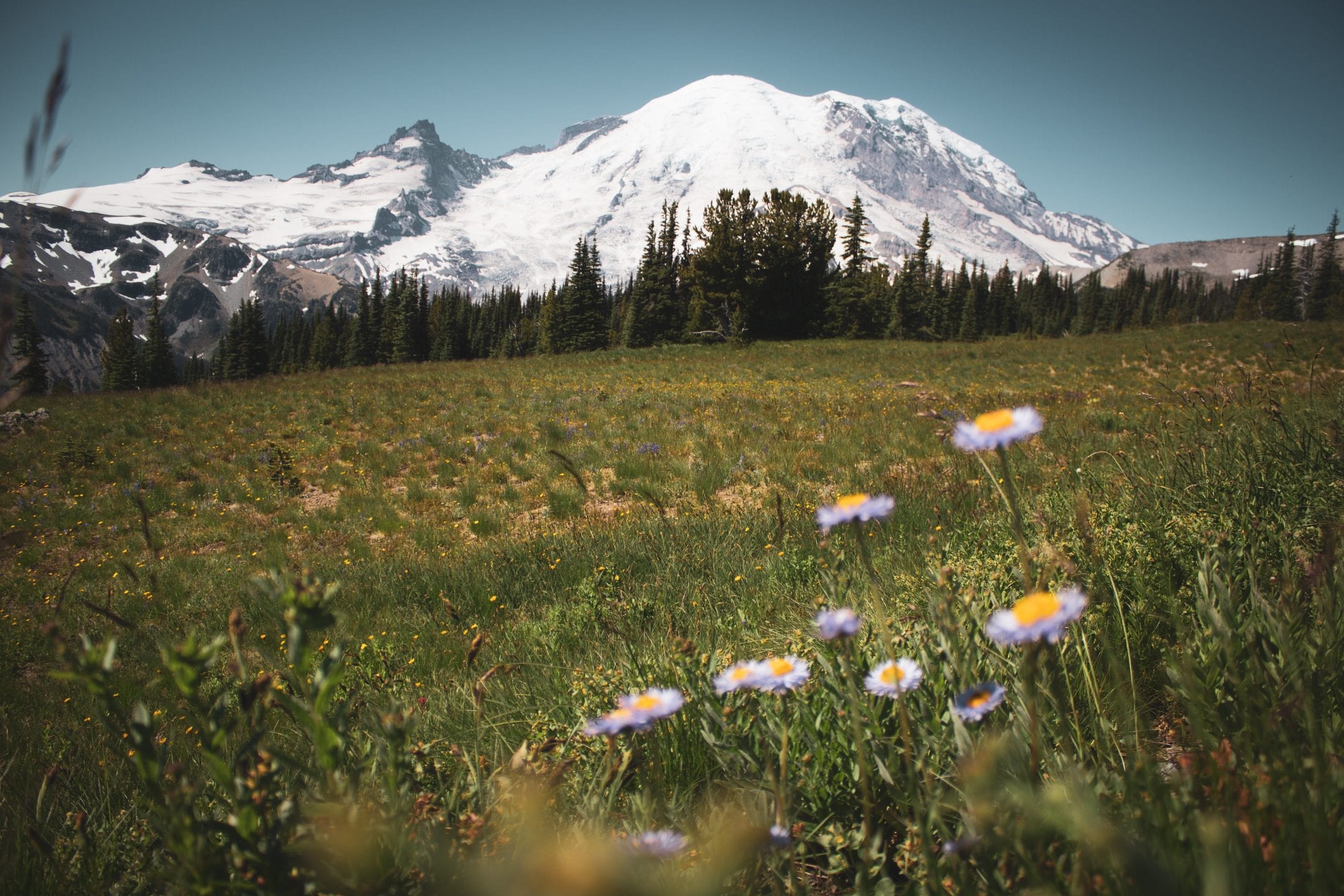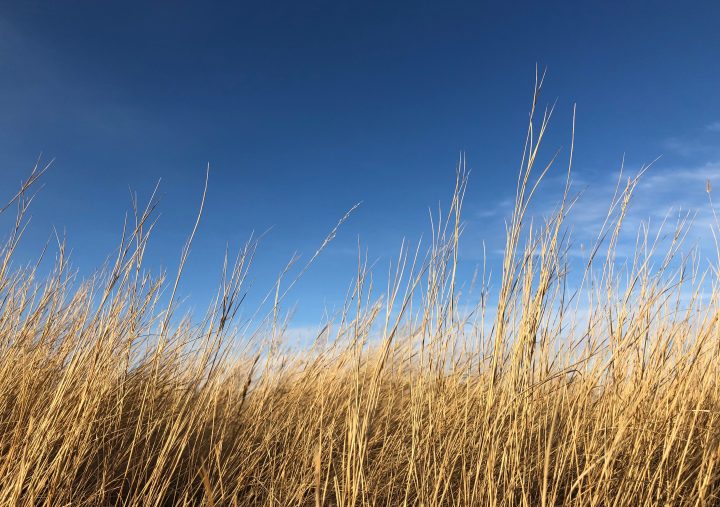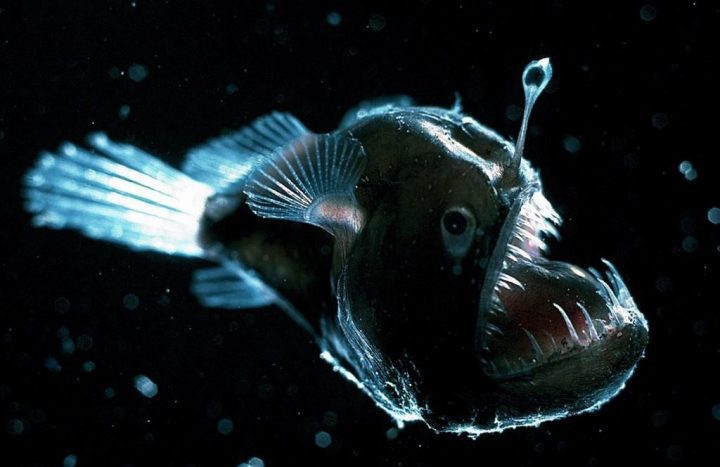Maintain Biodiversity
The greater the amount of genetic and species variation in an ecosystem, the more resilient that ecosystem is to disturbances. Variation in ecosystems across the Earth also contributes to the Earth’s resilience to unpredictable changes. This variation is called biodiversity. Because living systems compete with each other for scarce resources, maintaining biodiversity involves creating conditions for a large variety of species to successfully co-occur and reproduce. For example, within a wetland, there are different vegetation types. This diversity results in a complex mosaic of microenvironments as the vegetation types alter air flows, light regimes, and water temperatures and chemistry. Because organisms vary in their ideal environmental conditions, these micro-environments increase the diversity of plants in the wetland. In turn, having a wetland in an otherwise dry area increases biodiversity at an even larger scale.
Biological Control of Populations, Pests, Diseases
An ecosystem must prevent overpopulation of any given species within it, as well as the spread of pests and diseases, to allow organisms to survive without threatening extermination of other organisms or ecosystems. To control pests and diseases, living systems use such strategies as developing antibodies and killing or repelling pests or disease-causing organisms. Ecosystems have checks and balances to maintain populations, pests, and diseases. For example, in a lake, a balance of predators, prey, and nutrients is crucial for proper functioning of the ecosystem. Predatory fish keep down the numbers of smaller prey fish, which in turn keep populations of algae-eating zooplankton in check. When the levels of any of these organisms change, the change can disrupt the health of the entire ecosystem.
Generate Soil/Renew Fertility
An ecosystem can’t survive long without building up its soils and preventing them from being depleted of fertility. Organic matter, minerals, and other nutrients in soil support organisms, from microorganisms to the largest mammals. Raw soil consists of weathered minerals, such as silica. But organisms need more than minerals to survive, and minerals alone are poor at storing water needed by organisms. Therefore, soil has organic matter to support an ecosystem of organisms that, in turn, contribute more organic matter, make nutrients more accessible, and hold water. The dung beetle is an organism that enhances soil fertility. This beetle gathers and transports animal dung, feeds on it, buries it in the soil, and lays eggs on it. The dung provides its young with food when they hatch. At the same time, it adds nutrients and organic matter to the soil, benefitting the ecosystem as a whole.
Cycle Nutrients
In ecosystems, there is no such thing as waste. Instead, one organism’s waste can be considered as another organism’s resource, and the cycling of nutrients may be the most important form of recycling in living systems. But sometimes those nutrients are transformed by one organism into a form that isn’t readily used by other organisms. For example, lignin is a complex organic molecule found in the cell walls of plants. In a forest, it’s one of the hardest molecules to break down in woody vegetation. Therefore, ecosystems include organisms that are particularly well-adapted to break down different types of nutrients. In the case of lignin, some fungi and bacteria release lignin-modifying enzymes that can break down the lignin to form carbohydrates and other life-supporting chemicals.
Disperse Seeds
Plants disperse their seeds using a variety of mechanisms, including wind, rain, and attachment to animals. Seed dispersal can be important if plants growing too close together will compete for resources, such as nutrients and sunlight. Since plants are literally rooted in place, seed dispersal is also an important mechanism for expanding their range or reaching new environments.








